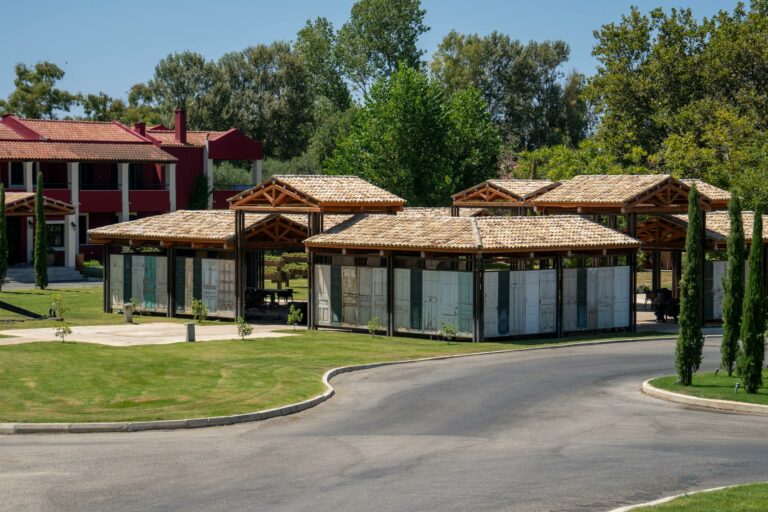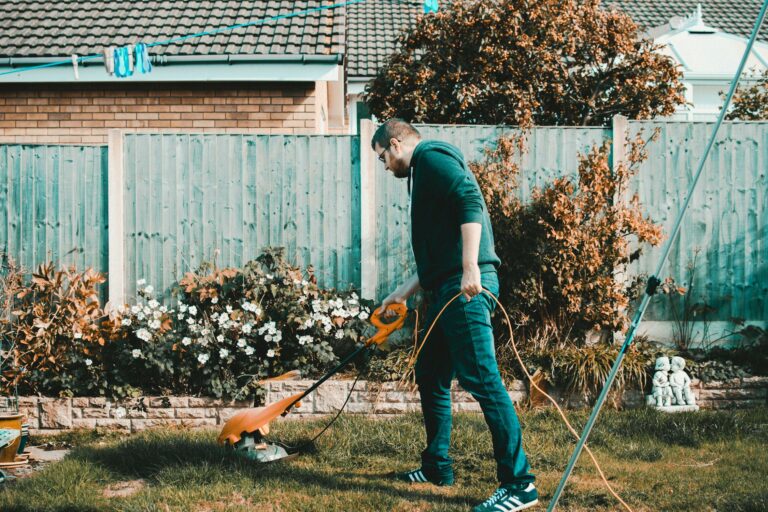Landscaping can sometimes to hard, dear denizens of Stouffville. There are a lot of mistakes even the professionals can sometimes make. However, in this article, we’re going to discuss some common landscaping mistakes and the solutions on could use to fix them. And for those who don’t want to either make mistakes or fix them, the professionals are here to help!
Landscaping plays a crucial role in enhancing the aesthetic appeal and functionality of outdoor spaces, whether it’s a backyard garden, front yard, or commercial property. However, many homeowners and property managers often make common landscaping mistakes that can detract from the beauty and harmony of their surroundings. In this comprehensive guide, we’ll explore some of the most frequent landscaping pitfalls and provide expert tips on how to avoid them, ensuring that one’s outdoor space flourishes with beauty and vitality.
Neglecting Proper Planning:
Mistake: Rushing into landscaping projects without careful planning often leads to inefficient use of space, mismatched plant selections, and costly mistakes.
Solution: Take the time to assess one’s outdoor space, considering factors such as sunlight exposure, soil quality, drainage, and existing features. Create a detailed plan that outlines one’s goals, budget, and timeline, and research suitable plants and materials that thrive in one’s climate and conditions.
Overcrowding Plants:
Mistake: Planting too many plants too close together can result in overcrowding, competition for resources, and poor growth.
Solution: Follow proper spacing guidelines recommended for each plant species, allowing ample room for growth and air circulation. Consider the mature size of plants when planning their placement, and resist the temptation to overcrowd beds or containers for instant gratification.

Ignoring Maintenance Requirements:
Mistake: Underestimating the maintenance needs of landscaping elements such as plants, lawns, and hardscape features can lead to neglect, decline, and eventual failure.
Solution: Prioritize regular maintenance tasks such as watering, pruning, weeding, fertilizing, and mulching to promote healthy growth and longevity. Invest in low-maintenance plant varieties and incorporate sustainable landscaping practices to minimize upkeep and conserve resources.
Lack of Unity and Cohesion:
Mistake: Failing to create a cohesive design theme or visual flow within the landscape can result in a disjointed and cluttered appearance.
Solution: Establish a unifying theme, color palette, or design style that ties together various elements of the landscape, including plants, hardscape features, and decorative accents. Use repetition, rhythm, and focal points to create visual interest and harmonize disparate elements into a unified whole.
Disregarding Scale and Proportion:
Mistake: Installing oversized or undersized landscaping elements relative to the size of the property or surrounding structures can create a sense of imbalance and awkwardness.
Solution: Consider the scale and proportion of landscaping elements in relation to the overall space and architectural features. Choose appropriately sized plants, trees, and hardscape elements that complement the scale of the site and maintain visual harmony.
Forgetting Seasonal Interest:
Mistake: Focusing solely on spring or summer blooms without considering year-round interest can result in a landscape that lacks color, texture, and vitality during other seasons.
Solution: Select a diverse mix of plants with varying bloom times, foliage colors, and textures to provide year-round interest and visual appeal. Incorporate evergreen shrubs, ornamental grasses, and plants with colorful berries or bark to add dimension and beauty throughout the seasons.
Improper Plant Placement:
Mistake: Planting shade-loving plants in full sun or sun-loving plants in deep shade can lead to stress, decline, and reduced vigor.
Solution: Pay close attention to the sunlight and soil conditions of each planting area, and select plants that are well-suited to their specific requirements. Group plants with similar light and water needs together to create microclimates and optimize growing conditions.
Overlooking Functional Considerations:
Mistake: Prioritizing aesthetics over functionality can result in landscapes that are impractical or inconvenient for everyday use.
Solution: Assess the functional needs and activities of the space, such as entertaining, gardening, or recreation, and design the landscape accordingly. Incorporate pathways, seating areas, and outdoor amenities that enhance usability and accessibility while still maintaining visual appeal.
Neglecting Water Management:
Mistake: Overwatering or underwatering plants, neglecting proper drainage, or failing to address erosion issues can lead to water-related problems such as root rot, soil compaction, and landscape damage.
Solution: Implement efficient irrigation systems, such as drip irrigation or rainwater harvesting, to deliver water directly to plant roots while minimizing waste. Improve soil structure and drainage with organic amendments and strategic grading, and utilize permeable paving materials to reduce runoff and erosion.
Succumbing to Trends:
Mistake: Blindly following landscaping trends or fads without considering long-term suitability, maintenance requirements, or personal preferences can result in designs that quickly become outdated or impractical.
Solution: Take inspiration from current trends but focus on timeless design principles and elements that reflect one’s individual style and preferences. Incorporate elements of sustainability, durability, and functionality into one’s landscape design to ensure its relevance and appeal for years to come.

Underestimating Budgetary Requirements:
Mistake: Failing to accurately estimate the costs associated with landscaping projects can lead to budget overruns, compromises in quality, or incomplete installations.
Solution: Develop a realistic budget that accounts for materials, labor, permits, and unexpected expenses, and prioritize investments in key areas such as soil preparation, irrigation systems, and durable plantings. Consider phased or DIY approaches to manage costs without sacrificing quality or long-term viability.
Disregarding Environmental Considerations:
Mistake: Ignoring the environmental impact of landscaping practices, such as excessive water usage, chemical runoff, or habitat destruction, can harm local ecosystems and compromise biodiversity.
Solution: Embrace sustainable landscaping principles such as native plantings, water-efficient irrigation, organic pest control, and habitat preservation to minimize environmental harm and promote ecological resilience. Educate one’sself on local regulations, conservation programs, and green landscaping techniques to make informed decisions that benefit both one’s property and the planet.

By recognizing and avoiding these additional landscaping mistakes, one can ensure that one’s outdoor space thrives with beauty, functionality, and environmental integrity. Cultivating a landscape that balances aesthetic appeal, practicality, and sustainability requires careful planning, ongoing maintenance, and a commitment to responsible stewardship. With mindful attention to detail and a holistic approach to design and management, one’s landscape can become a source of pride, pleasure, and environmental benefit for generations to come. And remember – the professionals are always here to help!





